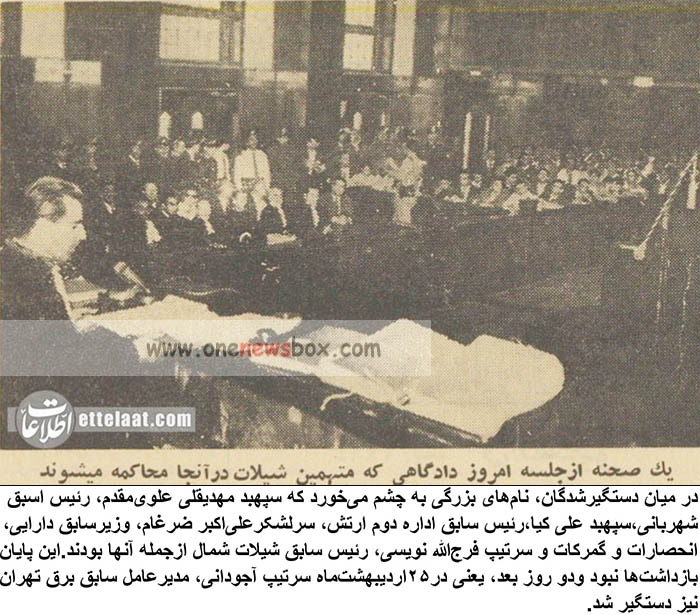Ali Amini came to office at a time of severe economic and political instability. Inflation had risen sharply, rural poverty was widespread, and government revenues were strained due to declining oil income and years of reckless expenditure. In March 1961, widespread strikes and protests—especially among teachers—forced the resignation of Prime Minister Jafar Sharif-Emami. The Shah, under domestic pressure and the watchful eyes of the United States (which sought stability and reform in Iran during the Kennedy administration), turned to Amini as a technocratic reformer capable of restoring public confidence.
From the beginning, Amini’s government styled itself as a government of renewal and moral reconstruction. He promised to “fight corruption and the corrupt,” a phrase that became a rallying cry for both reformists and the disillusioned middle class. However, this agenda was deeply unsettling for the royal court, senior army officers, and bureaucratic elites who had benefited from patronage networks.
The military, in particular, had become a symbol of corruption and privilege. Since the 1940s, senior officers had gained vast influence in the economy, controlling procurement contracts, construction deals, and public monopolies such as the Fisheries Company (Shilat). Many were linked to political repression, profiteering, and smuggling operations. Amini’s decision to investigate these figures was therefore both an act of reform and a political gamble.

